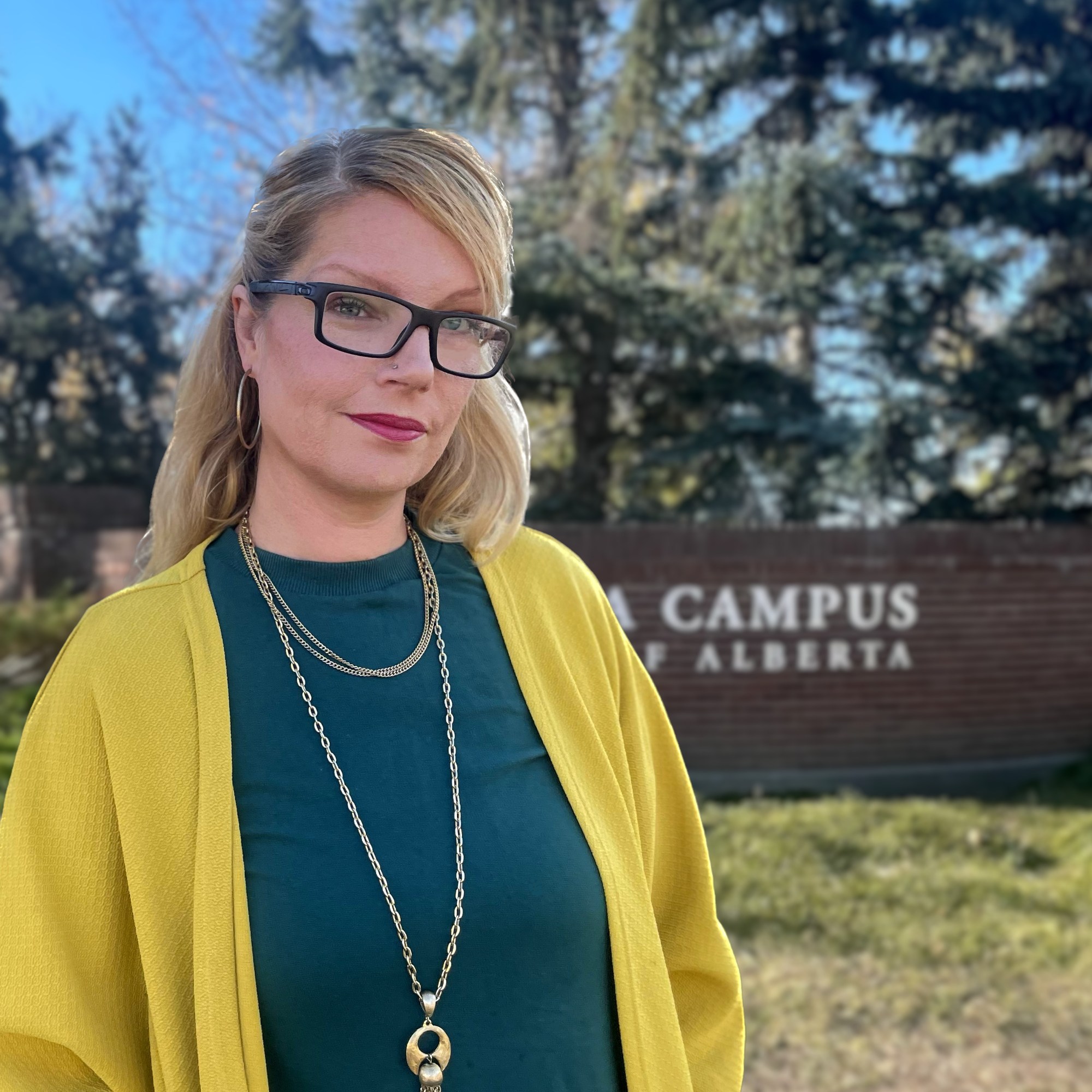New Study Investigates Suicide Risk Factors Among Farmers
A new University of Alberta study exploring the risk factors that make farmers vulnerable to suicide could help them build better resilience.
The comprehensive review is the first to combine and analyze interview data gathered from several studies on farmers and suicide, and gives insight into the unique stressors they face, says lead researcher Rebecca Purc-Stephenson, a psychology professor at the U of A’s Augustana Campus.
“We wanted to get a better understanding of the life circumstances the farmer experienced that led them to die by suicide,” says Purc-Stephenson, also the current lead researcher with AgKnow, a non-profit mental health initiative for farmers and others in agriculture.
“Farming is a lifestyle, not just a job, which makes farm culture unique. It’s important to understand the particularities around this group.”
As public health researchers and policy makers, it’s clear that we need to provide farmers with the tools they need that will help them manage their stress and develop resiliency. It could help save lives.
Rebecca Purc-Stephenson

With livelihoods that can be threatened by weather, plant or livestock disease outbreaks, rising operational costs and other complex, evolving factors, farming is a stressful occupation linked to a higher suicide rate than other jobs, according to several studies from Canada, the United States and Australia, she notes.
In their review, Purc-Stephenson and her research team focused on 14 scientific studies from Canada, the United States, the United Kingdom, Australia and India, containing insight from farmers’ partners, relatives and others who worked closely with them leading up to their deaths.
The analysis revealed seven specific factors linked to suicide, including two that were especially dominant: maintaining their identities as farmers and experiencing significant financial crisis.
Being bonded to their farming lifestyle was a struggle for many who went on to die by suicide, Purc-Stephenson notes. “They couldn’t imagine themselves in any other role, and combined with a money crisis, they just didn’t see a way out.”
Family dynamics were also a factor that could either keep someone from dying by suicide or push them towards it, the research showed.
Farmers could view themselves as a contributing member of the family, and not “just a farmer,” or conversely, some who took their lives had recently separated, divorced or experienced serious problems like crop failure or drought.
“Many viewed themselves as a burden to their family if they couldn’t pass the farm to their children or pay family members back,” Purc-Stephenson noted.
An additional source of pressure was found to come from community dynamics. While providing social support through local events, close-knit communities also meant a lack of privacy.
“Farmers felt their decisions would be seen and judged by others,” Purc-Stephenson says.
Emotional, social and geographical isolation, coping with unpredictable events like weather or livestock disasters, and having easy access to harmful agricultural chemicals and firearms were the other main contributors to farmers taking their own lives, the researchers found.
Overall, the findings help “paint a story of what this person’s life was like, what was on their mind, who they were and why they need agriculturally tailored resources,” Purc-Stephenson says.
Based on those risk factors, Purc-Stephenson and Augustana undergraduate co-researchers Jenessa Doctor and Jude Keehn developed an analytic tool called the Farming Adversity-Resilience Management (FARM) framework.
The FARM model highlights how farm culture, work-life stressors and mental health intertwine to potentially contribute to suicide by farmers, Purc-Stephenson says.
“This is going to be a tool for precision medicine, which can be used by researchers, mental health therapists, doctors and other health-care workers to help understand what farmers experience and what puts them at risk.”
FARM also identifies “protective factors” that can improve a farmer’s resilience to the stressors, she notes.
Those supports include making mental health services more affordable and available in rural areas — measures that insurance companies and other policy makers could help with, the researchers suggest.
Counselling tailored to farmers’ needs is also important, which means having access to therapists familiar with agriculture, Purc-Stephenson believes.
“They want to talk to someone with farm creditability — someone who ‘gets’ them, understands the stresses they face and has services that fit their busy lifestyle.”
Along with that, health-care providers can become more aware of the stressors farmers face and make that part of their conversation with their patients, she suggests.
“Asking the right questions can help assess a farmer’s level of distress and mitigate risks.”
Awareness programs for the farming community can help destigmatize the topic of mental health, she adds.
“We need to communicate that mental health care is health care; it’s not something that makes one weak.”
That understanding can also encourage open discussion about mental health, and help loved ones identify warning signs of depression and access resources such as AgKnow to learn about suicide awareness and prevention.
Government programs, such as subsidized crop insurance, are also needed to help ease financial stress, the researchers recommend.
“With input costs and land rent so high right now, it’s putting the pinch on a lot of farmers, especially mid-sized operations, which are really struggling,” Purc-Stephenson says.
Funding for rural community recreation programs that bring people together is also key to supporting farm families grappling with stress, she adds.
“Where people are so separated geographically, gathering for something like a little-league game is a way to help ease social isolation.”
Purc-Stephenson hopes the research will ultimately help farmers who find themselves feeling overwhelmed and hopeless.
“As public health researchers and policy makers, it’s clear that we need to provide farmers with the tools they need that will help them manage their stress and develop resiliency.
“It could help save lives.”

